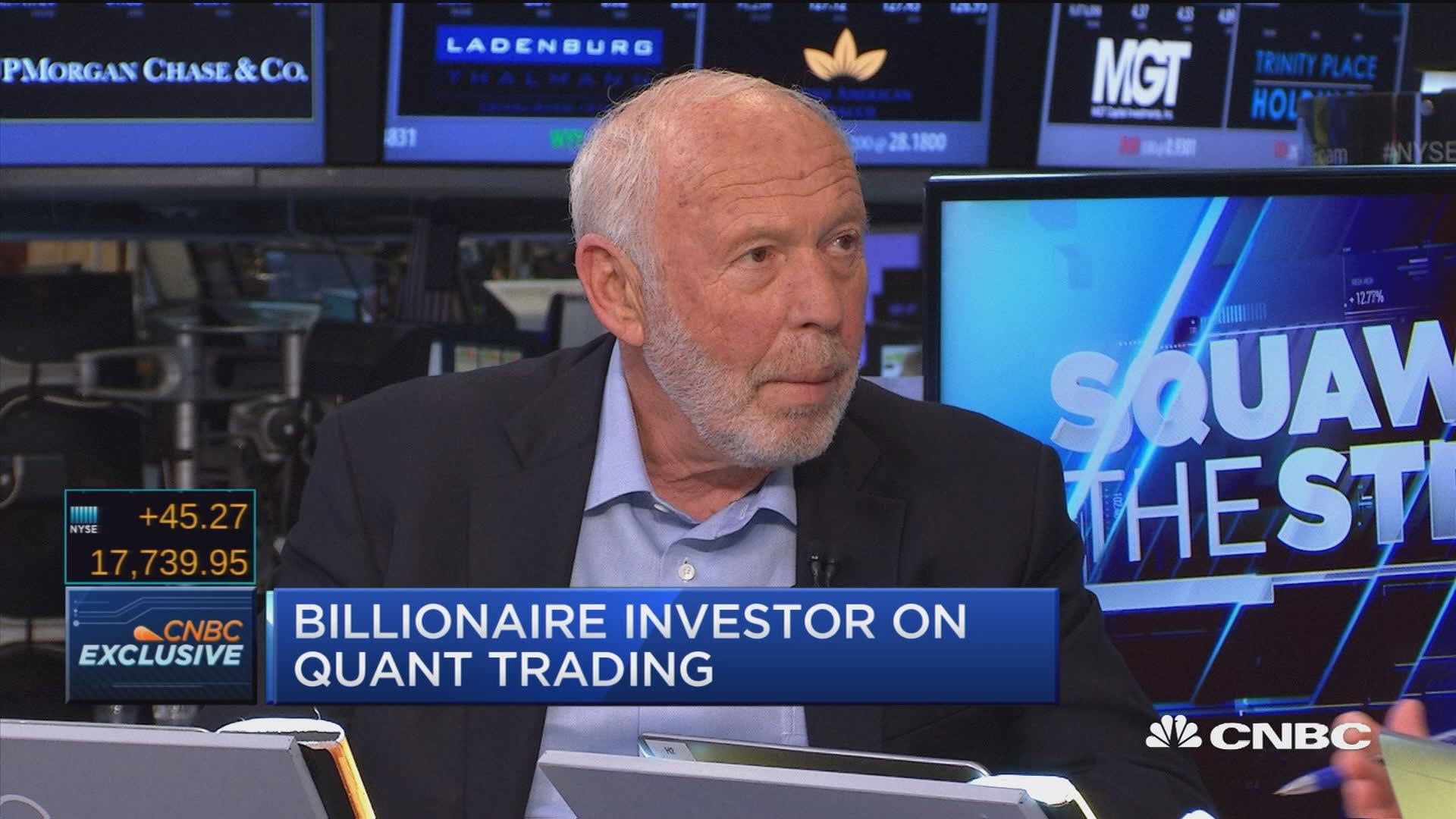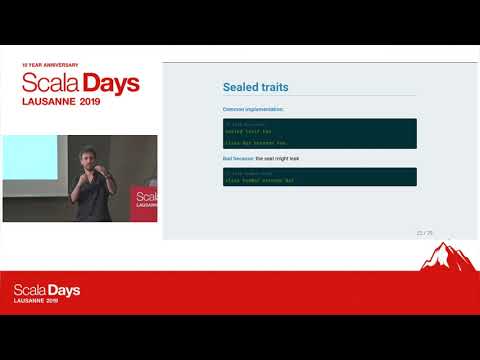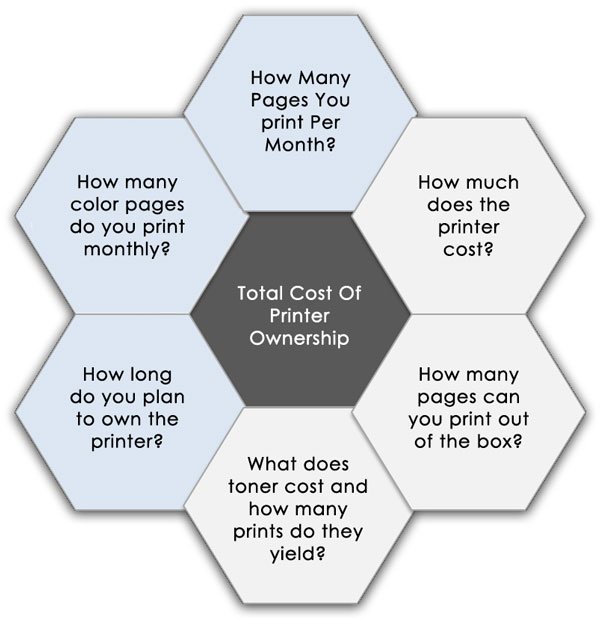
A shift in the demand curve occurs when a determinant of demand other than price changes. It occurs when demand for goods and services changes even though the price didn’t. The negative cross-price elasticity of demand indicates complementary products.

If originally at price P, quantity Q was demanded, once the demand curve shifts to the left at the same price P, lower quantity Q1 will be demanded. To understand this, you must first understand what the demand curve does. That is a chart that details exactly how many units will be bought at each price. It’s guided by the law of demand which says people will buy fewer units as the price increases.
When will I get my paper?
In the brief-term, the value will remain the identical and the amount sold will enhance. The demand curve is shallower (closer to horizontal) for products with extra elastic demand, and steeper (nearer to vertical) for merchandise with much less elastic demand. The regulation of demand states that when costs rise, the amount of demand falls.
Summer with Occasional Heat Waves Gives Way to ‘Heat Season’ – The Local Reporter
Summer with Occasional Heat Waves Gives Way to ‘Heat Season’.
Posted: Wed, 09 Aug 2023 17:05:53 GMT [source]
In economics, demand is defined as the quantity of a product or service, that a consumer is ready to buy at various prices, over a period. Demand Curve is a graph, indicating the quantity demanded by the consumer at different prices. The movement in demand curve occurs due to the change in the price of the commodity whereas the shift in demand curve is because of the change in one or more factors other than the price. A demand curve is a graphic display of the change in demand of a good resulting from a change in price in a given time period. On the demand curve graph, the vertical axis denotes the price and the horizontal axis denotes the quantity demanded. A demand curve can be a useful business tool because it can show the prices at which consumers start buying less or more.
Other Factors That Shift Demand Curves
To answer those questions, we need the ceteris paribus assumption. If there are no changes to the supply of that item, ultimately a right shift in the demand curve will force an increase in prices and the demand and supply will intersect at an equilibrium E1. The new equilibrium would have a higher price P1, although the quality demanded (Q2) would be lower than the temporary increase at Q1 but higher than the original at Q. The demand curve shifts to the left (decreases) due to the decrease in poultry price. The supply curve will shift to the left (decrease) due to the increase in the cost of production. Similarly, any change that reduces the quantity demanded at every price shifts the demand curve to the left.
This is due to the law of demand which conditions that there is an inverse relationship between price and the demand of a good or a service. As price goes up quantity demanded reduces and as price reduces quantitiy demanded increases. This is a fundamental economic principle that holds that the quantity of a product purchased varies inversely with its price.
We know that a supply curve shows the minimum price a firm will accept to produce a given quantity of output. What happens to the supply curve when the cost of production goes up? Following is an example of a shift in supply due to a production cost increase. Demand Curve Shifted Right With an increase in income, consumers will purchase larger quantities, pushing demand to the right, and causing the demand curve to shift right. You will see that an increase in income causes an upward (or rightward) shift in the demand curve, so that at any price the quantities demanded will be higher, as [link] illustrates.
Why is the demand curve downward-sloping?
The demand curve is downward sloping from left to right, depicting an inverse relationship between the price of the product and quantity demanded. You will see that an increase in income causes an upward (or rightward) shift in the demand curve, so that at any price the quantities demanded will be higher, as Figure 3.8 illustrates. As discussed above, for an elastic demand, the firm is advised to decrease price to increase revenue. As a result, total revenue has increased from $ to $352000. The demand curve shifts to the left (decreases) due to the negative health report. Change in quantity supplied is the movement along the supply curve, whereas the change in supply is the shift in the supply curve due to the above-mentioned factors.

For example, an increase in income would mean people can afford to buy more widgets even at the same price. The Shifts in demand curve shows what happens to the quantity demanded of a good when its price varies. Holding constant all other determinants of quantity demanded. Any change that lowers the quantity that buyers wish to purchase at a given price shift the demand curve to the left. The position of the demand curve will shift to the left or right following a change in an underlying determinant of demand other than price.
Change in Demand vs. Quantity Demanded
For example, if drinking cola becomes more fashionable demand will increase at every price. The position of the demand curve will shift to the left or right following a change in an underlying determinant of demand. If you draw a vertical line up from Q0 to the supply curve, you will see the price the firm chooses. A Giffen good is a non-luxury product for which there is no viable substitute—for example, a staple food, like bread or rice. In short, the demand increases for a Giffen good when the price increases and it falls when the price drops.
For example, say that the population of an area explodes, increasing the number of mouths to feed. In this scenario, more corn will be demanded even if the price remains the same, meaning that the curve itself shifts to the right (D2) in the graph below. A change in demand occurs when appetite for goods and services shifts, even though prices remain shift in demand curve means constant. When the economy is flourishing and incomes are rising, consumers could feasibly purchase more of everything. Prices will remain the same, at least in the short-term, while the quantity sold increases. When a firm discovers a new technology that allows the firm to produce at a lower cost, the supply curve will shift to the right, as well.
Definition of Shift in Demand Curve
This curve generally moves downward from the left to the right. This movement expresses the law of demand, which states that as the price of a given commodity increases, the quantity demanded decreases as long as all else is equal. In a typical representation, the price appears on the left vertical axis while the quantity demanded is on the horizontal axis. The supply and demand curves form an X on the graph, with supply pointing upward and demand pointing downward. Drawing straight lines from the intersection of these two curves to the x- and y-axes yields price and quantity levels based on current supply and demand.
- The answer is that when a non-price determinant of demand changes, the overall relationship between price and quantity demanded is affected.
- Some of the more important factors are the prices of related goods (both substitutes and complements), income, population, and expectations.
- Inversely, if the quantity demanded at each price level decreases, the demand curve will shift leftward.
- If one of the different determinants modifications, the whole demand curve shifts.
This is thus important in determining how revenue will change. The elasticity is negative because the price rises, the quantity demanded falls, a consequence of the law of demand. As a result of the change, are consumers going to buy more or less pizza? Draw a dotted horizontal line from the chosen price, through the original quantity demanded, to the new point with the new Q1. Draw a dotted vertical line down to the horizontal axis and label the new Q1.
Shift in Demand and Movement along Demand Curve
Also, when a trend/fashion style becomes obsolete or is replaced by a new trend the demand curve for the specific goods can shift towards the left. This is a repetitive cycle because it is influenced by human behavior. This is the reason why fashion trends and dressing styles keep on changing with the passage of time. Clothes that enjoyed high demand in the 90s are not preferred anymore because of changes in trends and tastes of people.

The demand curve exhibits just the relationship between value and quantity. If one of the different determinants modifications, the whole demand curve shifts. Firms use numerous different inputs to produce any type of good or service (i.e. output). The demand curve is a visual representation of how many units of a good or service will be bought at each possible price.
